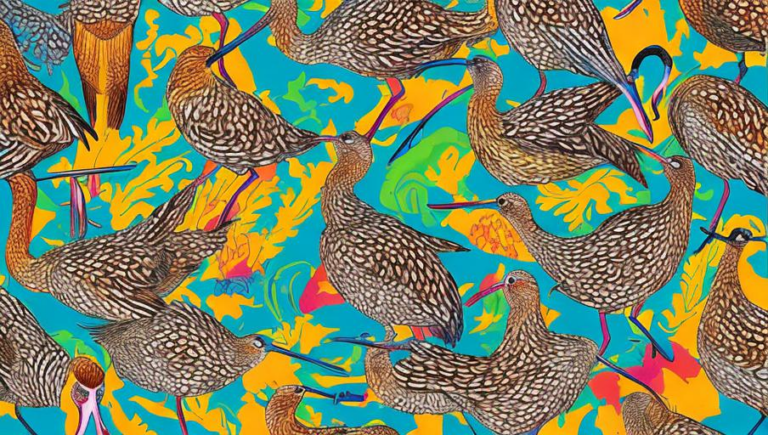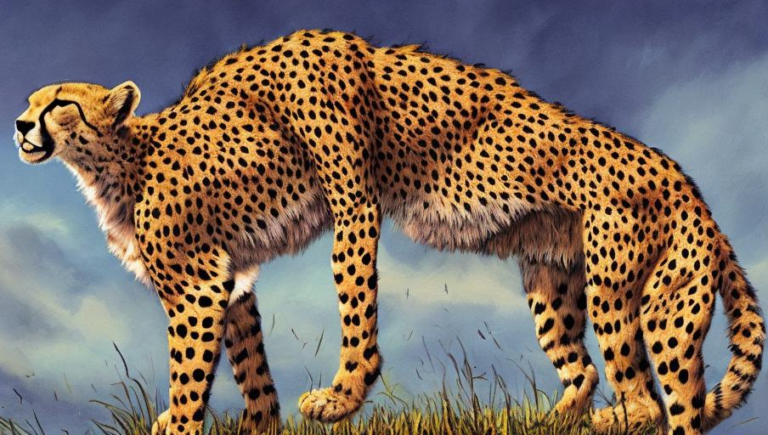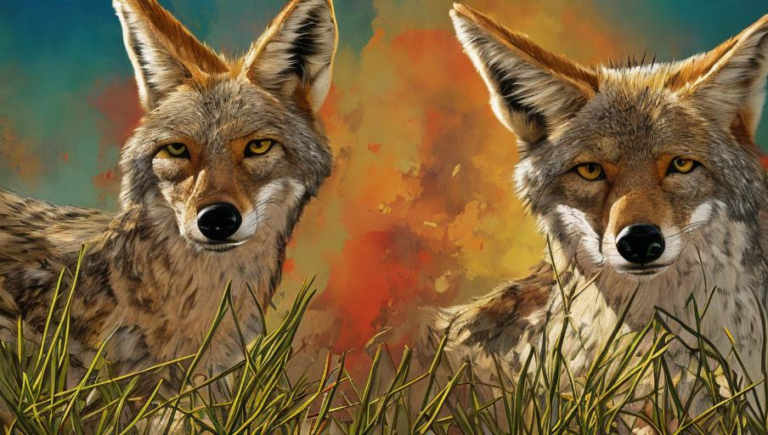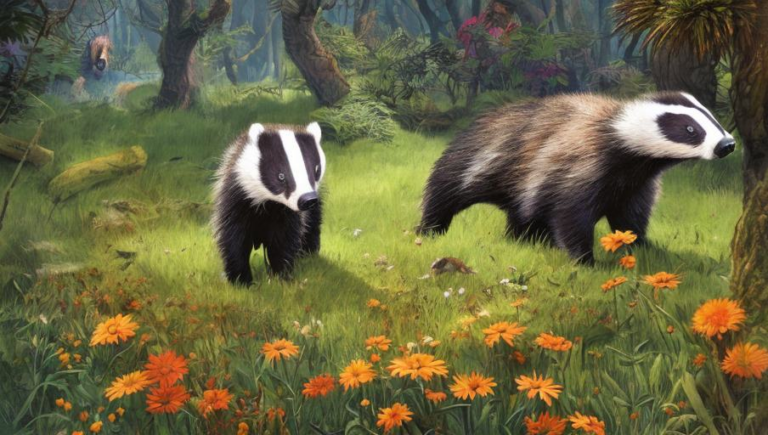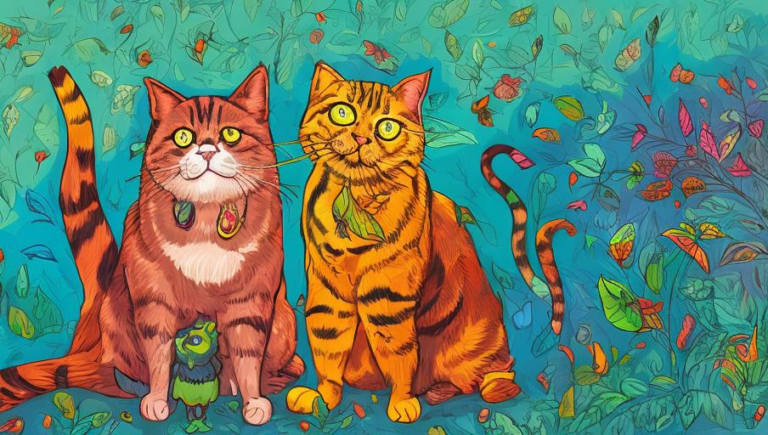Learning about the Aardvark
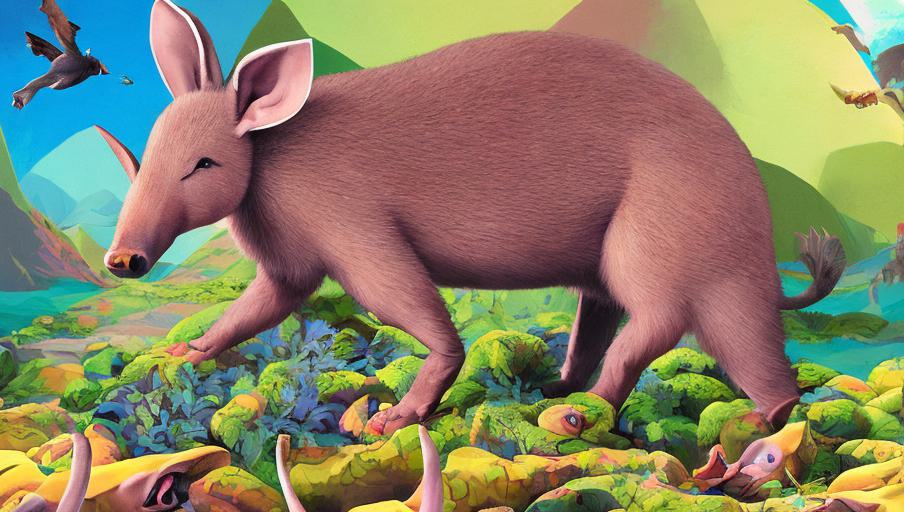
Learning about the Aardvark
The Aardvark is a fascinating creature that has long been of interest to many. Native to Africa and the Middle East, their long, slender bodies and long snouts make them instantly recognizable. They’re also known for their burrowing nature, which helps them to find food and shelter in their environment.
Physical Characteristics
Aardvarks are nocturnal animals, usually seen active after dark. During the day they rest in burrows they have dug in the ground. They can reach lengths up to 5 feet and can weigh up to 140 pounds, making them the largest of the African mammals. Their bodies are covered in coarse, sparse fur, which is usually gray in color. They have a long snout, which is used to dig and search for food, and small ears that can rotate 360 degrees, allowing them to detect predators.
Diet and Behavior
Aardvarks are primarily insectivorous and feed mainly on ants and termites. They have powerful claws, which they use to dig in the ground to find their food and to build their burrows. They mainly stay in their burrows at night, but can wander around in search of food during the day. They are also solitary animals and usually only come together for breeding.
Threats and Conservation
Aardvarks are considered to be a species of Least Concern by the IUCN Red List, but their populations are decreasing due to habitat loss and fragmentation. They are also vulnerable to other threats such as poaching and the destruction of their burrows by agricultural activities. To help ensure the survival of the species, it is important to maintain their habitat and to protect them from poaching and other threats.
Conclusion
The aardvark is an amazing creature that is both fascinating and important to our environment. Its burrowing behavior helps to spread seeds and its diet of ants and termites helps to keep insect populations in balance. It is important to protect their habitat and to prevent further threats in order to ensure the survival of the species.
